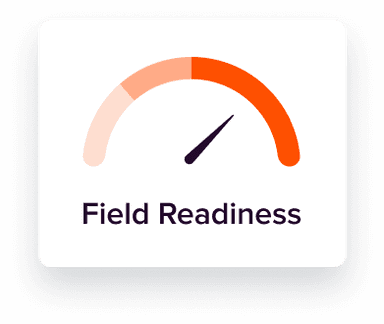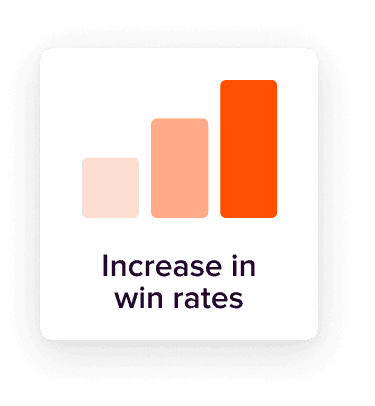Join 2,200+ companies that trust Seismic's AI-powered revenue enablement platform
What is Seismic?
Meet the Seismic Enablement Cloud, the only unified AI-powered revenue enablement platform that gives revenue leaders the confidence that their teams are ready to reach their goals – and the insights and tools to empower them to pivot quickly if they’re not.
What can Seismic’s enablement software do for your team?

Seismic gives revenue leaders the confidence to know their teams are ready to maximise every customer interaction — and provides the insights and tools to pivot quickly if they're not. It drives productivity, scales best practices, and helps go-to-market teams reduce costs and grow revenue.
Seismic prepares customer-facing teams with the skills, content, tools, and insights they need to maximise every buyer interaction and strengthen client relationships. With AI-driven insights and feedback to assess performance, managers identify winning behaviours, uncover skill gaps, and provide targeted coaching that drives continuous improvement for their go-to-market teams.
Seismic provides enablement teams with a structured way to design enablement programmes that drive your business's strategic objectives. It empowers them to understand their impact, so field teams are ready, behaviour change sticks, and every initiative drives measurable business outcomes.
Seismic empowers marketers to influence buyer experience and pipeline growth by delivering the right content to customer-facing teams. With AI-powered automation and real-time insights, they can streamline personalisation, refine messaging, and drive sales and marketing team alignment and impact at scale.
The revenue enablement platform that high-performing teams trust to deliver results
See how Lumen transformed its growth trajectory by partnering with Seismic to improve seller performance — giving their teams the clarity, insights, and AI-powered digital sales tools to engage customers more impactfully and drive outcomes that matter.
Ashley Haynes-Gaspar
CRO at Lumen
Better business outcomes start with Seismic
Drive revenue growth
With less time in front of buyers, it's harder than ever to drive sales revenue. Seismic gives leaders the confidence that their teams are ready to maximise every buyer and customer interaction — and the ability to pivot if they're not.
Improve buyer and customer experiences
Today's customers have higher expectations and less time. Empower your go-to-market teams to deliver personalised content that turns every interaction into a meaningful experience.
Increase sales efficiency and effectiveness
Streamline workflows, reduce manual effort, and equip reps to improve sales effectiveness with AI-driven insights and tools to help them close more deals, faster.
Reduce operational costs
Save time and money, streamline your tech stack, and scale sales enablement across teams by consolidating go-to-market initiatives within the leading enablement platform for global enterprises.
See Seismic in Action!
56% reduction in sales cycle length
Give us 30 minutes and we’ll show you how to drive
revenue and reduce costs.




















